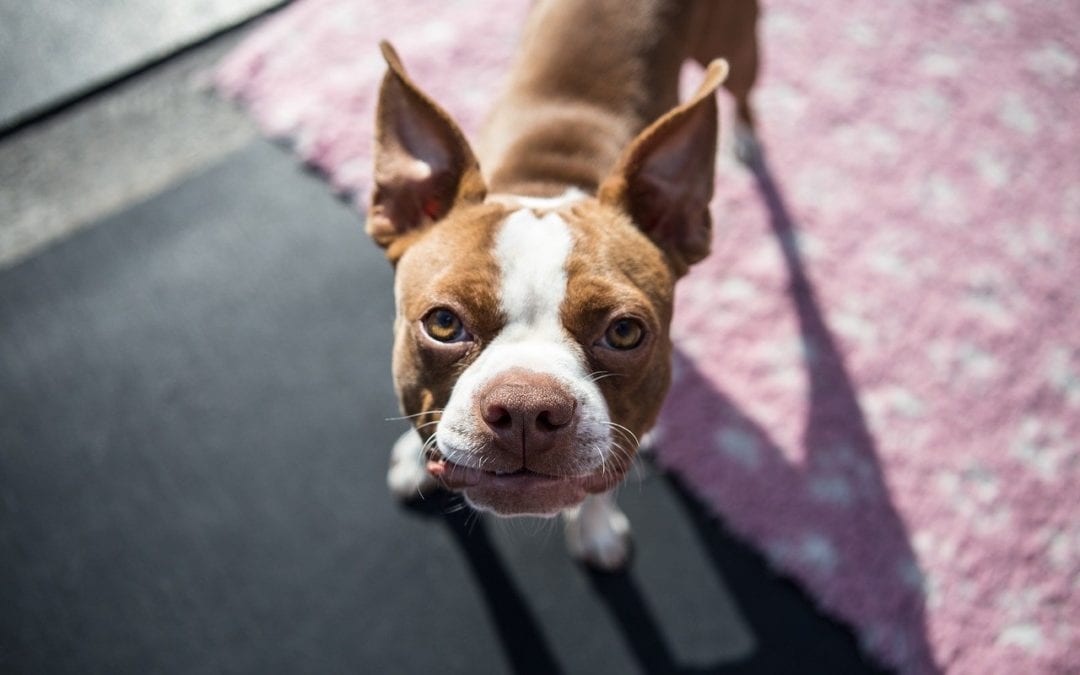You are looking into your dog’s eyes when you notice that they look a little different. Their eyes may not look as crystal clear and instead, have a cloudy appearance. This is actually the most common sign of cataracts in your beloved furry companion. Our team has everything you need to know about cataracts in pooches.
What causes cataracts?
Just like humans, pets can also suffer from cataracts. Inside the eye is a structure called the lens which is used to focus light on the back of the eye or retina. When the lens becomes opaque or cloudy, this is what is known as a cataract. The most common causes of cataracts include:
- Inherited disease — Certain breeds are genetically predisposed to cataracts, with commonly affected breeds including the American Cocker Spaniel, Labrador Retriever, Siberian Husky, Boston Terrier, and the Poodles.
- Injuries to the eye — Blunt or penetrating trauma can cause cataracts in your furry friend. In some cases, the cataracts may even develop some time after the initial injury.
- Diabetes mellitus — Diabetes mellitus, sometimes called sugar diabetes, very commonly causes cataracts due to the abnormal metabolism associated with high sugar levels. One study reported that cataracts occur in about 75% of diabetic dogs within one year of diagnosis.
- Age — Although cataracts may occur at any time, the incidence of cataracts increases with age.
What are the signs of cataracts?
Cataracts can have a few tell-tale signs that you may be able to notice in your furry friend. If you notice any of these signs, please contact us:
- A cloudy appearance in the eye, particularly within the pupil
- Altered vision and navigation ability, often associated with reluctance to climb stairs or jump on furniture
- Redness to the white of the eye
- Increased discharge from the eye
How is it treated?
Once your pet has been diagnosed with cataracts, it’s essential to get the proper treatment right away. If left untreated, cataracts can not only lead to vision loss, but also painful problems like uveitis and glaucoma. We generally recommend one of the below management options for cataracts:
- Surgical removal of the cataract (via phacoemulsification) to improve vision and mitigate the risk of other problems. This is an undertaking that requires committed pet owners.
- Topical anti-inflammatory medications to mitigate the risk of uveitis and glaucoma. Although vision is not improved with this approach, the risk of painful problems is reduced.
If you’ve noticed that one of your pooch’s eyes looks cloudy, it could be a sign of cataracts and a comprehensive ophthalmic examination is recommended.

